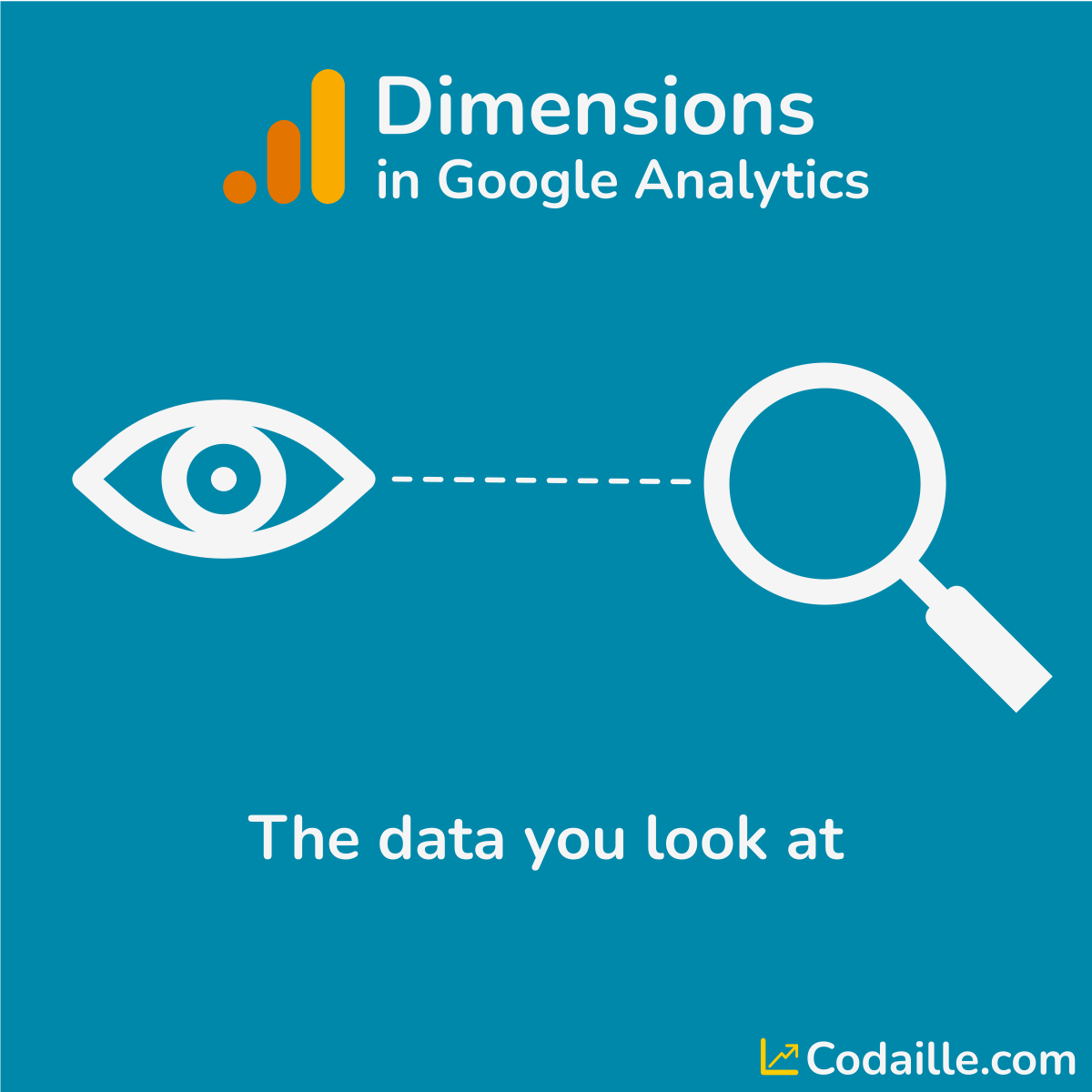Google Analytics Mastery: Unveiling the Possible of Secondary Dimension
Google Analytics Mastery: Unveiling the Possible of Secondary Dimension
Blog Article
Opening the Power of Second Dimension Analytics for Boosted Information Insights and Decision-Making
In the world of data analytics, main measurements commonly take the spotlight, however the real depth of insights exists within the world of secondary dimensions. By using the power of secondary measurement analytics, organizations can reveal concealed patterns, uncover connections, and essence much more purposeful final thoughts from their information.
Significance of Second Measurements
Exploring the value of additional dimensions in analytics introduces the surprise layers of data insights vital for educated decision-making in various domains. Secondary measurements supply a deeper understanding of key information by offering added context and viewpoints. By incorporating additional dimensions right into analytics, companies can remove a lot more comprehensive and nuanced understandings from their datasets.
One trick value of second dimensions is their capacity to section and categorize primary data, enabling an extra comprehensive evaluation of details parts within a dataset. When looking at the data as a whole, this division enables services to recognize patterns, trends, and outliers that could not be apparent. Additionally, second dimensions assist in revealing correlations and reliances in between different variables, bring about more precise projecting and anticipating modeling.
In addition, secondary dimensions play a vital duty in enhancing data visualization and reporting. By adding additional measurements to visualizations, such as graphes or charts, experts can develop more informative and interesting depictions of information, facilitating better communication of findings to stakeholders. Overall, the integration of secondary dimensions in analytics contributes in unlocking the full potential of data and driving evidence-based decision-making.
Key Advantages of Making Use Of Second Measurements
Making use of second measurements in analytics uses organizations a tactical advantage by augmenting the depth and granularity of information understandings. One crucial advantage of integrating secondary dimensions is the ability to sector and filter information, enabling for a more detailed analysis of details facets within a dataset. This segmentation enables organizations to obtain an extra nuanced understanding of their audience, performance metrics, and other crucial information points. By dissecting information making use of additional dimensions such as time, location, gadget kind, or individual demographics, organizations can reveal patterns, patterns, and connections that might or else remain hidden.
In addition, the application of additional dimensions boosts the context in which key data is translated. It gives an extra thorough view of the partnerships in between various variables, enabling organizations to make enlightened decisions based upon an extra holistic understanding of their information. In addition, second dimensions help with the recognition of outliers, anomalies, and areas for optimization, ultimately causing much more efficient approaches and improved end results. By leveraging second dimensions in analytics, companies can harness the complete possibility of their information to drive better decision-making and attain their business objectives.
Advanced Information Evaluation Techniques
A deep study sophisticated data analysis strategies reveals sophisticated approaches for drawing out useful understandings from complex datasets. One such method is maker learning, where algorithms are used to identify patterns within information, forecast outcomes, and make data-driven decisions. This technique permits for the automation of logical model structure, enabling the handling of huge quantities of data at a quicker rate than traditional methods.
Another advanced method is predictive analytics, which utilizes analytical algorithms and device understanding strategies to forecast future end results based upon historic information. By examining patterns and patterns, businesses can prepare for consumer habits, market fads, and possible dangers, equipping them to make positive choices.
Moreover, text mining and belief analysis are beneficial techniques for drawing out understandings from unstructured information sources such as social networks remarks, client evaluations, and study reactions. By evaluating message information, organizations can recognize consumer point of views, determine arising patterns, and enhance their services or products based upon responses.
Enhancing Decision-Making Via Secondary Measurements

Enhancing decision-making through additional dimensions allows organizations to make more informed and targeted tactical options. For example, by segmenting consumer information based on second dimensions like purchasing history or involvement levels, companies can tailor their advertising techniques to certain target market sectors, bring about boosted conversion rates and consumer complete satisfaction. In addition, secondary measurements can help identify correlations and relationships between various variables, making it possible for companies to make data-driven choices that drive development and productivity.
Implementing Secondary Measurement Analytics
When including secondary measurements in analytics, organizations can open deeper understandings that drive tactical decision-making and improve general efficiency. This involves understanding the specific questions the company seeks to answer and the information points needed to resolve them.

In addition, organizations must utilize advanced analytics devices and modern technologies to improve the procedure of incorporating additional measurements. These devices can automate data processing, evaluation, and visualization, permitting organizations to concentrate on analyzing understandings as opposed to hands-on information adjustment.
Conclusion
In conclusion, secondary dimension analytics play an essential role in enhancing data insights and decision-making procedures. By making use of innovative information evaluation methods and carrying out additional dimensions effectively, companies read the full info here can open the power of their information to drive calculated service decisions.
In the realm of data analytics, key measurements commonly take the limelight, however the true depth of understandings exists within the world of additional dimensions.Making use of additional dimensions in analytics offers companies a critical benefit by enhancing the depth and granularity of information insights. By leveraging secondary measurements in analytics, companies can harness the full possibility of their information to drive better decision-making and attain their service objectives.
Carrying out data recognition processes and normal audits can assist maintain information quality and integrity.
By using advanced information Clicking Here analysis strategies and executing second dimensions effectively, companies can open the power of their data to drive strategic service decisions.
Report this page